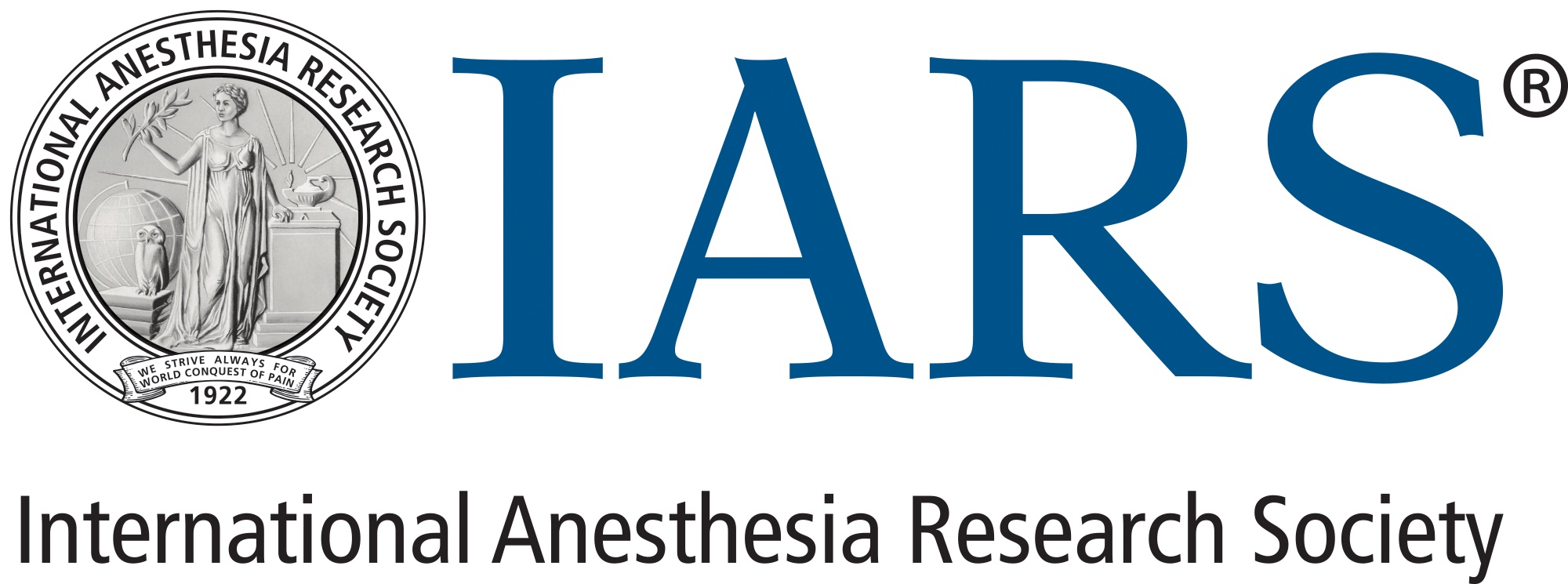The initial symptomatology, prodromal infective potential, anticipated course/severity, value of PPE and myriad additional variables were unknown when COVID-19 began its international journey. Early optimism in terms of containing and controlling the virus rapidly deteriorated as disease progression was recognized, the ability of asymptomatic carriers were known to be highly infectious and the initially unexpected benefit of universal face mask adoption created uncertainly about not only the viral spread but also the safety and reliability of the health system. Death is usually categorized accurately and reliable “death rate” statistics have been accumulated; the authors use seasonally adjusted U.S. death rates from December 29, 2013 to February 29, 2020 and compare historical to actual death rates reported between March 1, 2020 and April 2020 and include a secondary analysis in the five states most severely affected by the virus during the collection period. Careful data analysis was used to determine all-cause mortality and how COVID-19 influenced the total. The results attribute 65% of excess deaths to COVID-19-related causes and suggest that the total number is likely higher. Analysis was able to distinguish significant increases in other diseases during the period.
Also included is an insightful discussion underscoring importance of accurate determination of COVID-19’s true impact on not only death but also on hidden morbidity (including COVID-19 delayed treatment and/or resource constraints) which is still being elaborated.
International Anesthesia Research Society


